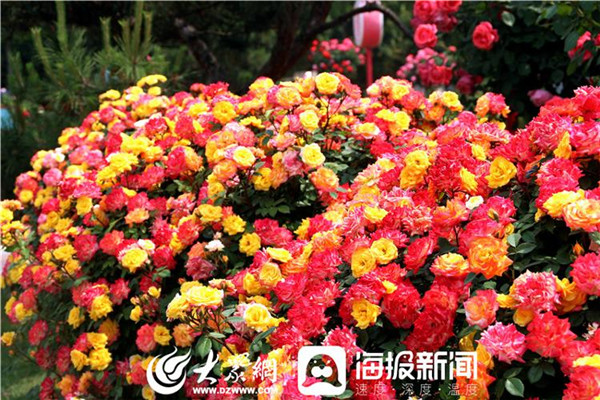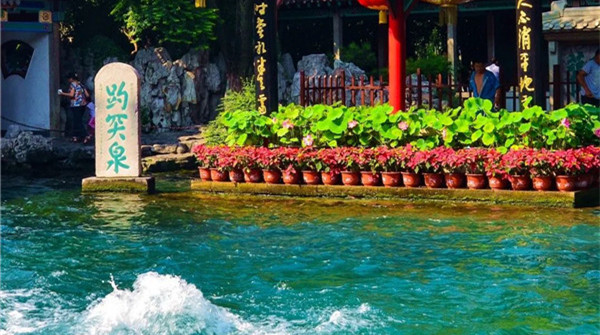Springtime flavors tempt taste buds

Cakes stuffed with caotou, a wild plant. [Photo provided to China Daily]
"Before Qingming Festival, these shrimps do not lay eggs and have a paper-thin soft shell. They only need boiling for 60 seconds before they are ready to eat," Gao said.
"The shell is so soft that you can't feel it in your mouth, and the tail tastes sweeter than other types of shrimp, giving people in Laizhou the flavor of spring," he added.
Xiangchun, or Chinese toon leaves, along with shepherd's purse, which grows in fields, on roadsides and in courtyards, and malantou, or Indian aster, are all popular vegetables at their best in spring. Others, such as broad beans, are only available for one or two weeks.
Alibaba-owned grocery retail chain Freshippo starts putting some 60 spring vegetables on the shelves at its outlets nationwide in February. To extend the supply period, it uses a dozen airlines to transport the produce from source.
Qu Yang, a purchaser at Freshippo, said most spring vegetables are available until May.
Meanwhile, edible flowers such as the sophora japonica-also known as the Chinese scholar tree-start to blossom in March in Kunming, capital of Yunnan province, while in April it is the turn of the sophora in Shaanxi province.
"Kalimeris indica, a herbaceous perennial plant, is sent by air from Jiangsu and Zhejiang provinces to Xi'an, capital of Shaanxi, while red xiangchun from Yunnan is sent to Shanghai. These flights enable customers in Beijing and elsewhere to enjoy spring vegetables at almost the same time as diners in the sources of origin," Qu said.
This year, Freshippo is also providing niche local spring offerings, such as garlic from Nanjing, capital of Jiangsu, dandelions from Beijing and mulberry leaves from Zhejiang.
Qu said edible flowers from Kunming, such as jasmine, gorse and chrysanthemums, are sold nationwide. Xiangchun is available throughout the year.

 Nishan Forum on World Civilizations
Nishan Forum on World Civilizations Explore magnificent Yellow River culture in Shandong
Explore magnificent Yellow River culture in Shandong

